The 15 Most Dangerous Animals in the Amazon

Dangerous animals are everywhere, but, at the end of the day, they’re still part of the biodiversity and land that we must all admire and respect. In one of those magical places on the planet called the Amazon there are several dangerous and incredible animals that must be respected for their right to live (and, also, because if you meet them you could be in trouble). Discover the most dangerous animals in the Amazon with us today.
The Amazon is the largest tropical rainforest on the planet. It’s an extremely diverse geographical area, crossed by the magnificent Amazon River. It’s part of countries such as Bolivia, Brazil, Colombia, Ecuador, Peru, Venezuela, Guyana, Suriname, and French Guiana.
1. Red-bellied piranha (Pygocentrus nattereri)
The piranha is a freshwater fish that lives in subtropical to tropical climates. It’s found in the basins of several rivers in South America, including the Amazon. It has a prominent jaw with a mouth full of teeth that can seriously harm humans.
These fish are a problem due to the absence of larger animals such as alligators and giant otters, who controlled their population by feeding on them. Unfortunately, these piranha predators were almost wiped out in the 20th and 21st centuries, so the natural balance that controlled their populations has disappeared as well.
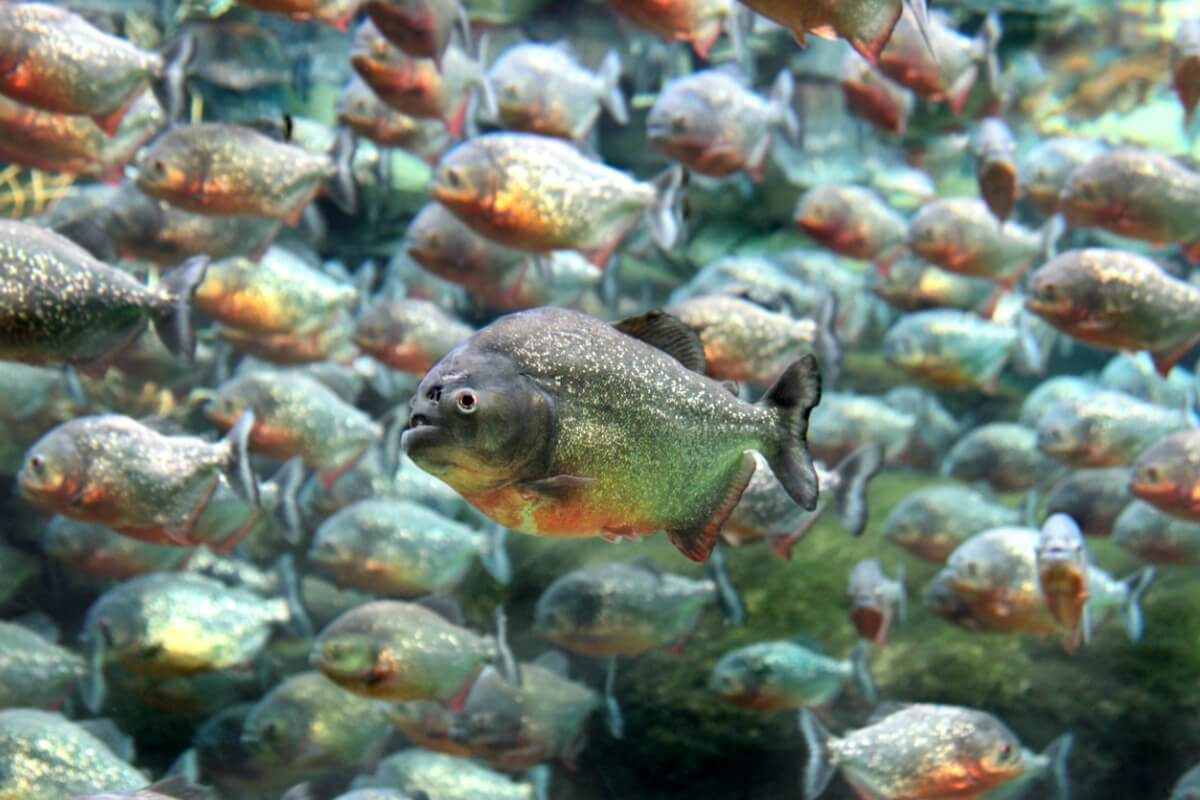
2. Black caiman (Melanosuchus niger)
The black caiman is a carnivorous reptile in the Alligatoridae family. It’s so named for the dark color of its skin as an adult, and it lives in lakes and rivers in South America. Its main home is the Amazon basin, where it’s one of the most dangerous predators. It’s a night hunter that you certainly won’t want to meet.
Although you must be very careful to avoid them, this ferocious predator is listed as a vulnerable species on the IUCN red list. It was hunted for its valuable skin and in the 1940s its population was reduced by 99%. Who’s the more dangerous then?
3. Poison dart frog (Dendrobates tinctorius)
According to National Geographic, this amphibian’s skin is colorful and bright, yellow on its back and blue on its legs. In addition, it’s one of the largest poisonous frogs in the world, and it can measure up to 5 centimeters (2 inches) long.
This species lives in the tropical forests of South America, specifically in French Guiana, Guyana and Suriname. It isn’t in danger of extinction, but it is at constant risk due to the cutting down of its habitat, the trade in exotic animals, and climate change. This is because they’re very sensitive to variations in their environment.
This amphibian has very dangerous toxins, but it’s only lethal if you try to eat it or touch an open wound after touching the frog.
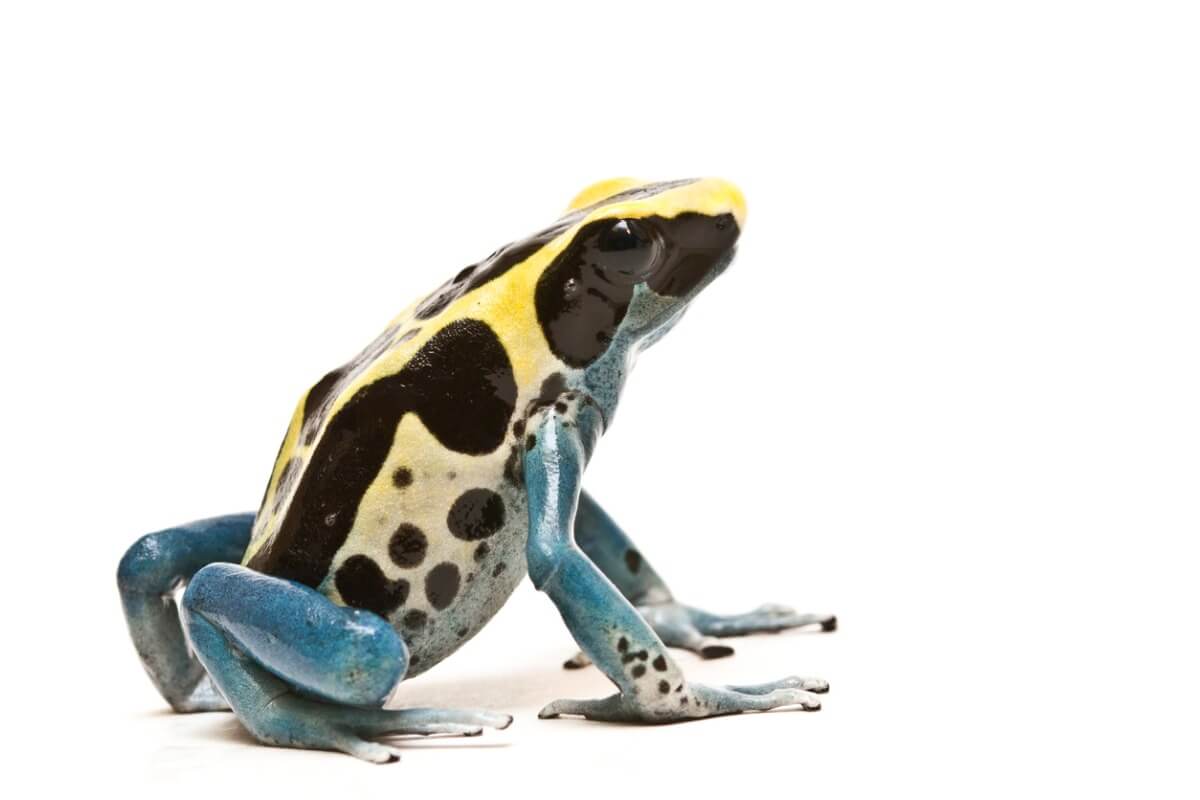
4. Brazilian wandering spider (Phoneutria nigriventer)
This belongs to a genus commonly known as banana spiders; its genus at the taxonomic level makes up a group of 8 species from Central and South America. They’re nocturnal and don’t make cobwebs, as they inhabit caves or trees.
Their name is due to the fact that they’re typical arachnids in plantain or banana plantations in the same region that they inhabit (however, most of their accidents have been in urban habitats). In addition, it is probably the most poisonous spider in the world and its toxin is characterized by creating an erection in men and then causing cardiac arrest.
5. Amazonian giant centipede (Scolopendra gigantea)
Also known as scolopendra gigantea, this is a species found in the lowlands of Venezuela, Nicaragua, Costa Rica, Colombia, Mexico, and the island of Trinidad. It feeds mainly on cockroaches, scorpions, crickets, grasshoppers, butterflies, tarantulas, and also some vertebrates such as lizards, mice, and bats.
Its name isn’t anecdotal, as this centipede is on average 26 centimeters (10 inches) long and can exceed 30 centimeters. Their fangs curve under their head and bite their prey with venom. It carries a substance toxic to humans that causes chills, fever, and weakness.
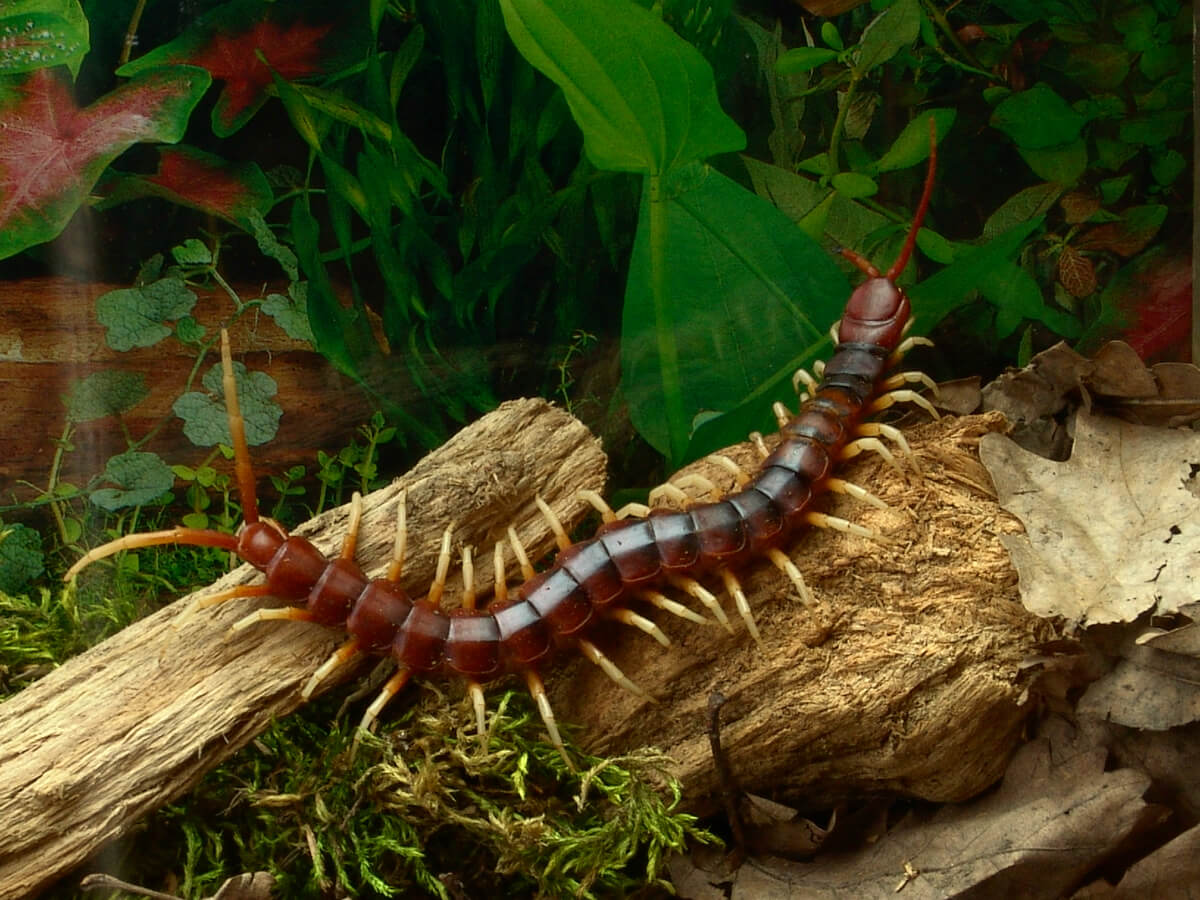
6. Electric eel (Electrophorus electricus)
This fish is known to emit electric shocks of up to 850 volts in order to hunt, defend itself and communicate. It’s a native species of northern South America and lives in the Orinoco basin and in the rivers that flow down from the Guiana shield to the ocean.
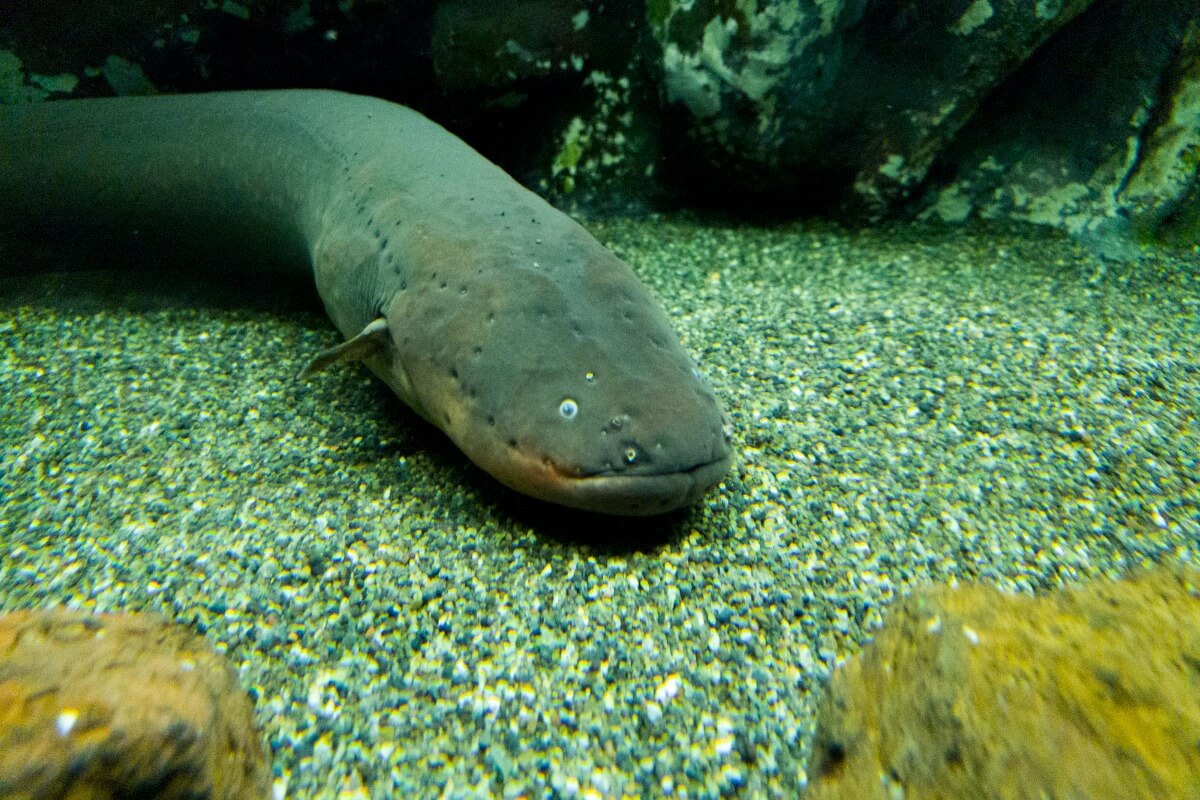
7. Tityus scorpion (Tityus trivittatus)
This arachnid lives in many tropical and temperate regions of South America, although it lives more frequently in Argentina, Brazil and Paraguay. Its poison is very dangerous and is normally lethal for children under 5 years of age and for the elderly. Because of this, it’s also included among the most dangerous animals in the Amazon.
8. Mosquitoes
In the Amazon region, there are several mosquitoes that can transmit diseases. Some of them are the following:
- The Anopheles mosquito (Anopheles darlingi) is the main transmitter of malaria or malaria.
- Culex nigripalpus, a species that causes various diseases, such as equine encephalitis.
- Lutzomyia amazonensis sandfly, the main vector of Leishmaniasis.
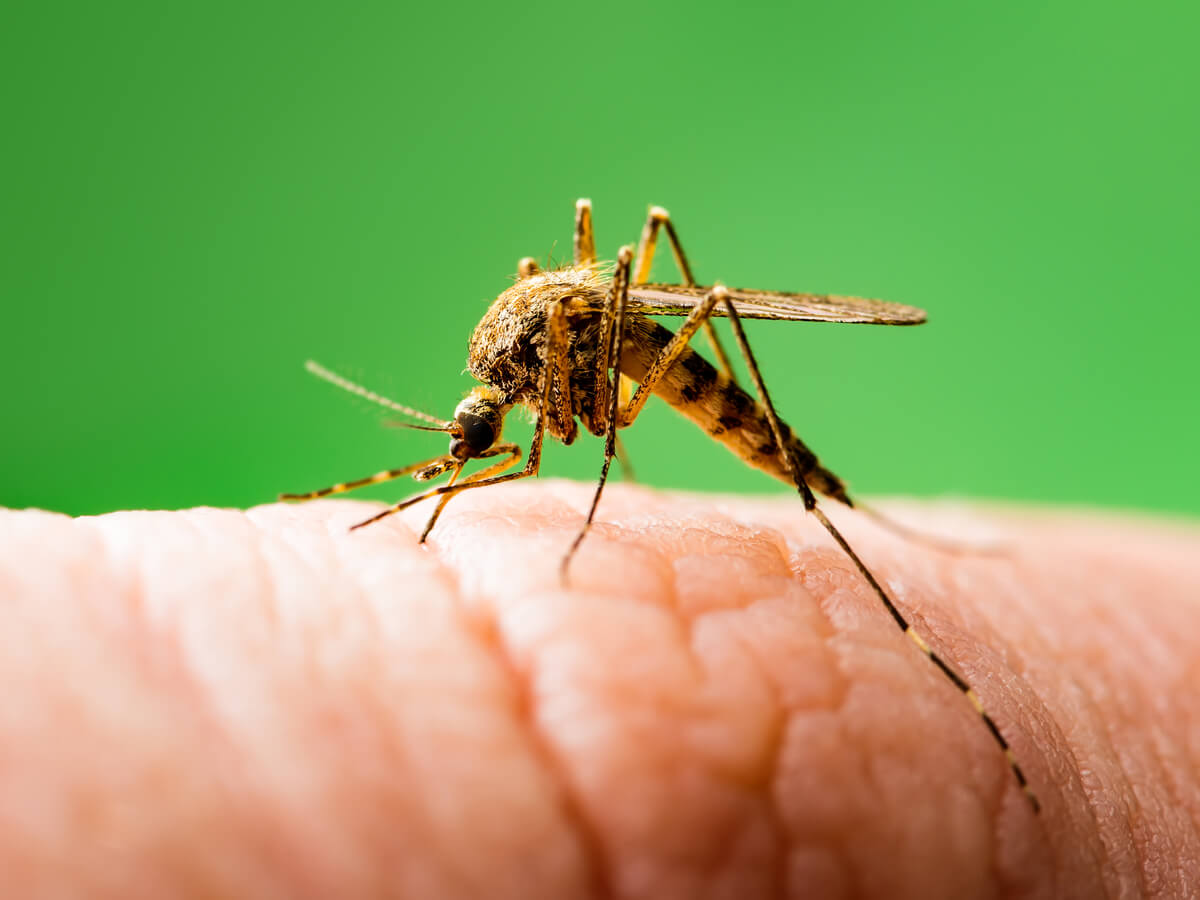
9. Four-line Pim catfish
This fish is found in South America, in the Orinoco and Amazon river basins. There are many cases of poisonous lesions in fishermen in this area caused by this fish.
10. Green anaconda (Eunectes murinus)
This species is part of the boa family and is endemic to tropical rivers in South America. It’s found in Guyana, Venezuela, Colombia, Brazil, Ecuador, Peru, and Bolivia, among other places. In addition, it’s one of the longest snakes in the world.
It isn’t poisonous, but the green anaconda strangles its victims and swallows them whole. Fortunately, humans aren’t affected by it unless it’s in self-defense. Although there are some cases of attacked adults and children, these are very rare.
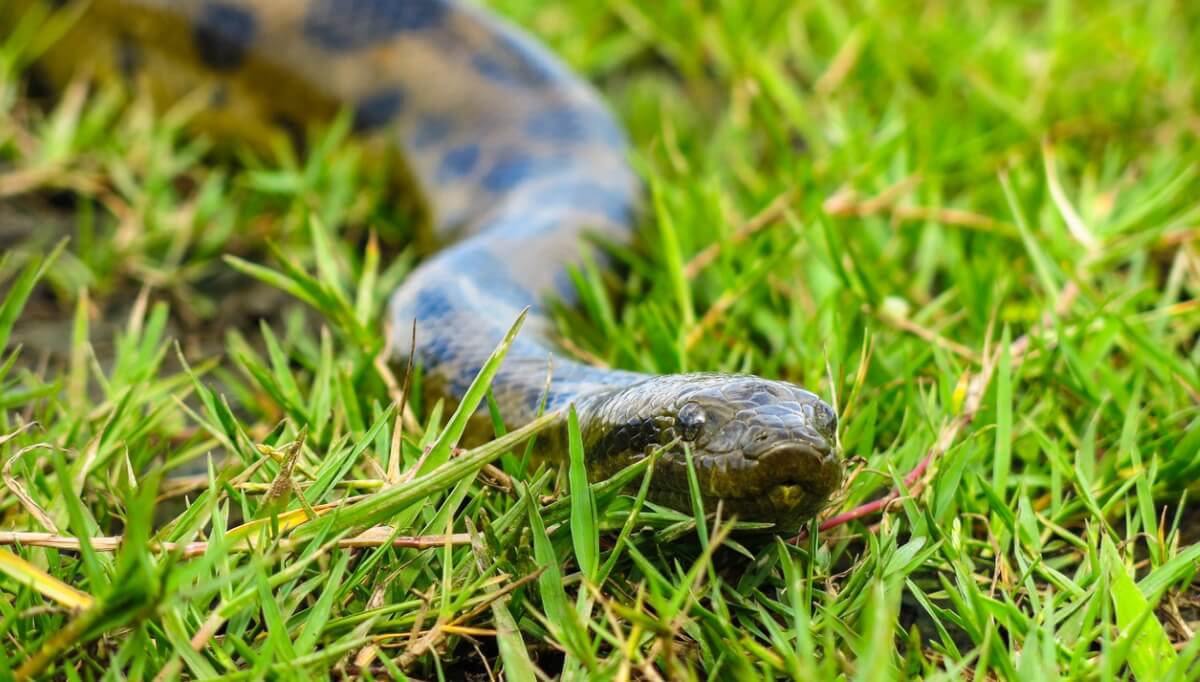
11. Goliath birdeater (Theraphosa blondi)
The giant tarantula or aviary tarantula is considered the largest spider in the world, reaching between 28 and 30 centimeters (up to 12 inches) between the ends of its extended legs and it weighs more than 100 grams (4 oz). Its venom isn’t deadly, but its mouthparts cause a deep wound and the pain can last up to 48 hours, accompanied by nausea and sweating.
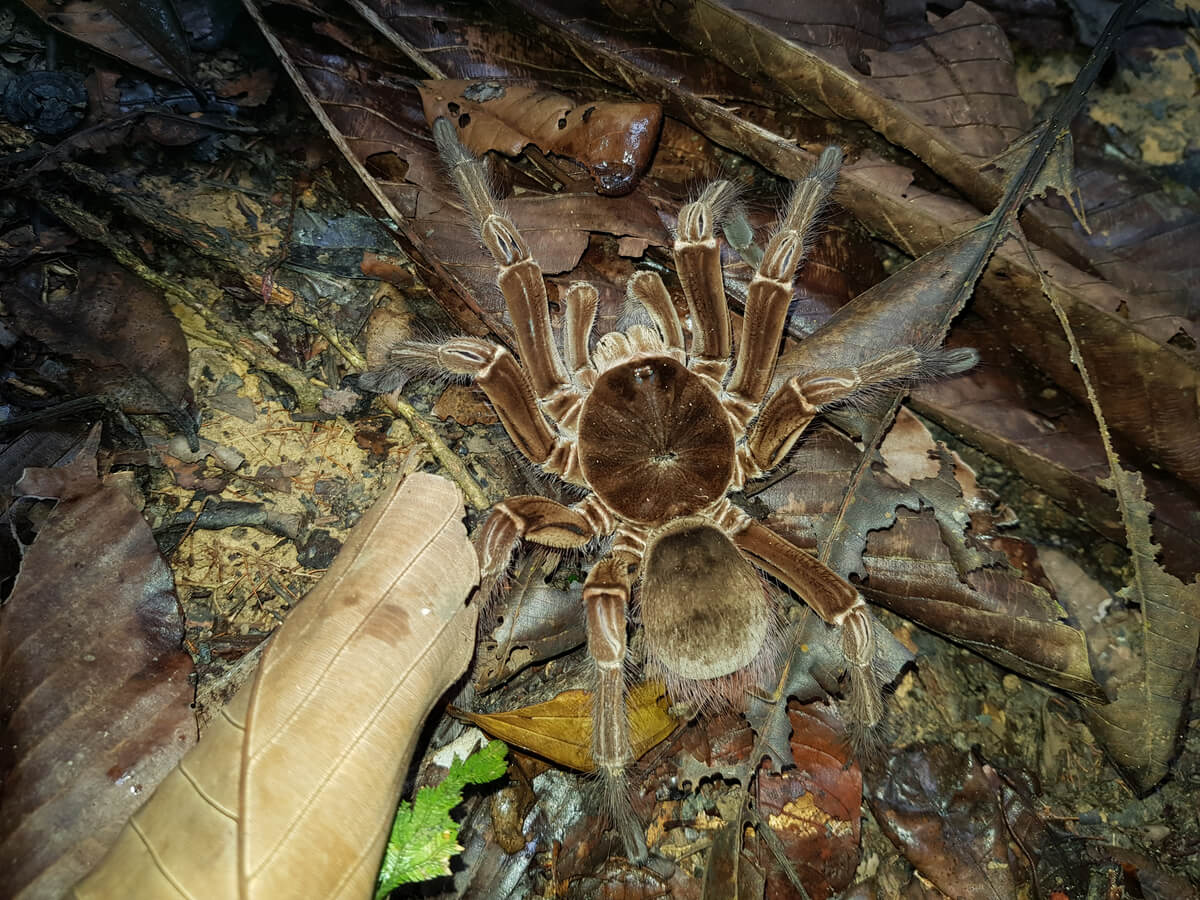
12. Potamotrygon stingray
This stingray is a freshwater fish that lives in all the South American countries, except Chile. The greatest diversity of species of these rays is precisely in the Amazon basin. They’re sometimes even more feared than piranhas and electric eels due to their poisonous sting.
However, these cartilaginous fish aren’t dangerous unless you tread on them, as their only defense mechanism is to sting you. If they succeed, injuries that can sometimes be fatal.
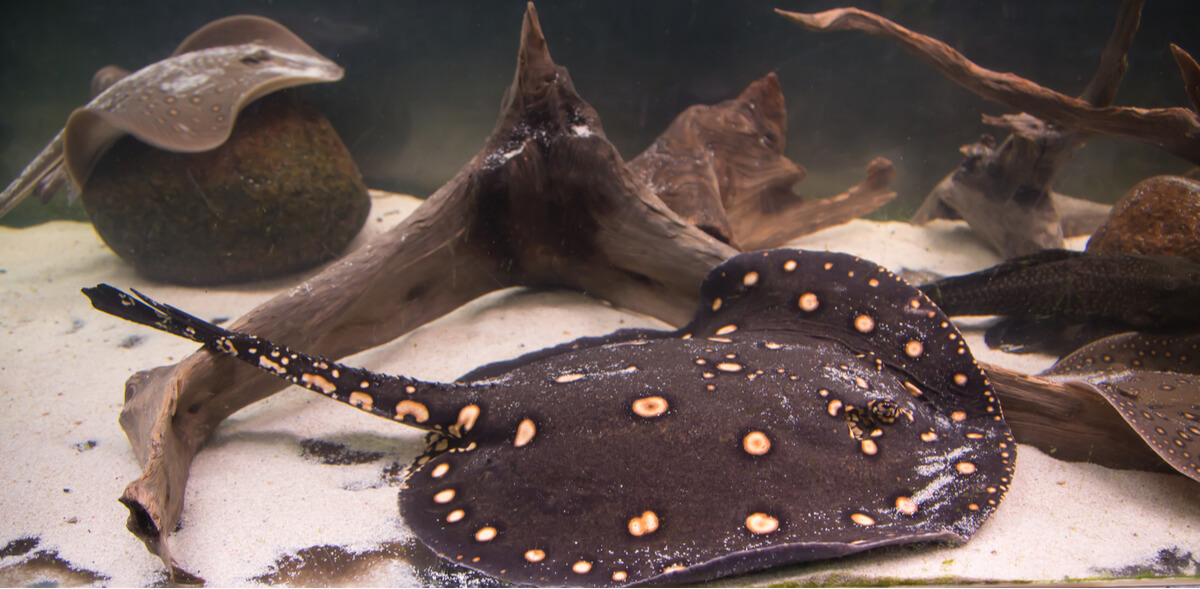
13. Yellow-bearded viper (Bothrops atrox)
This is one of the poisonous snakes around, and it causes the most deaths in the region where it lives. Its bite causes kidney problems, coagulation dysfunction, necrosis, and failure of the cardiovascular and renal systems.
The death rate was previously very high, but today there are possible treatments if immediate medical attention is received.
14. Candirú or vampire fish (Vandellia cirrhosa)
The candirú is a freshwater fish famous and feared due to it lodging in the genital or excretory orifices of its prey to feed on their blood, which is why it’s one of the most dangerous animals in the Amazon.
Specimens of sizes up to 22 centimeters (9 inches) have been reported, but it’s elongated, transparent, and very difficult to detect underwater. It’s found mostly in the strong currents of the river, and in the lagoons that form the river’s descent.
15. Jaguar (Panthera onca)
This feline is part of the Panterino family and its genus is Panthera. It’s the only species of this genus found in America and lives in the United States, Central America, and South America, mainly in dry and humid tropical areas.
In addition to being one of the most dangerous animals in the Amazon, this mammal is part of the IUCN red list and its population is in decline due to the loss of its habitat, trade, and conflict with human cattle ranchers. For many indigenous cultures, this feline has a very important place in their mythology.
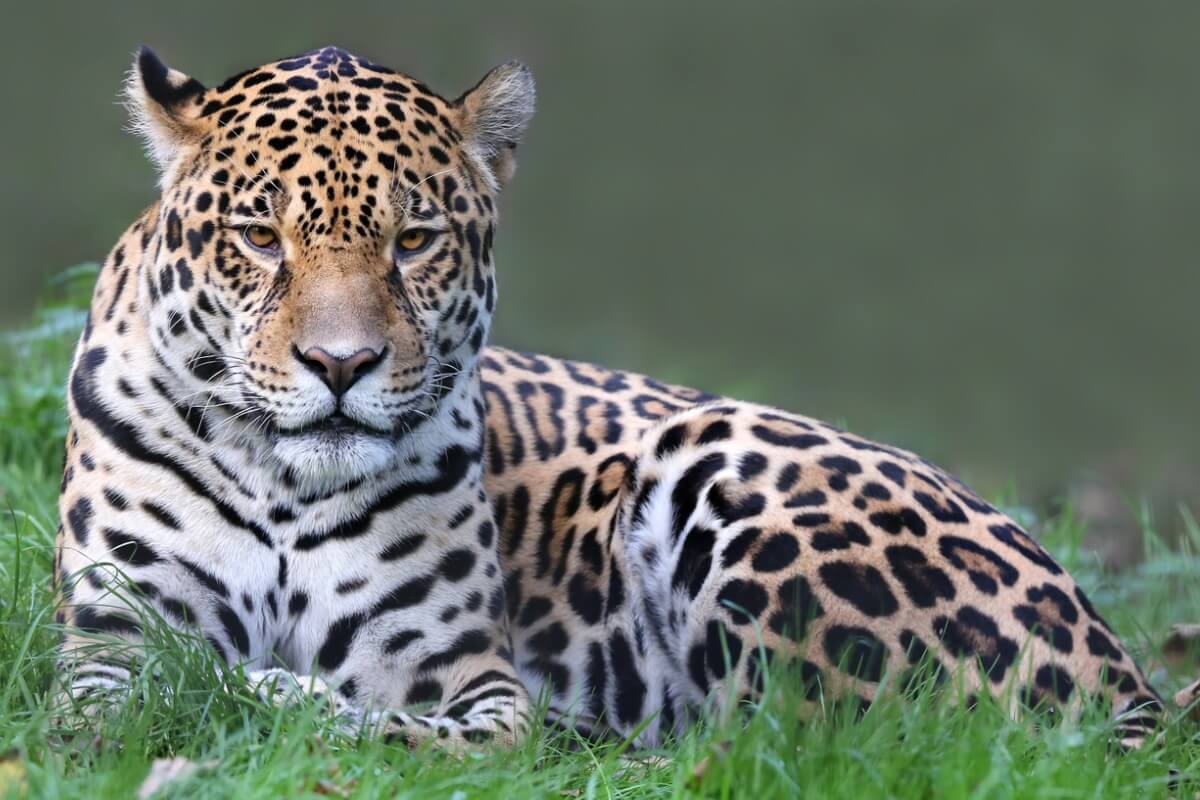
As you can see, there are many wonderful animals to be found in this magical place called the Amazon. Here you’ve met the most dangerous, but they’re only dangerous under certain circumstances. All of them are part of our planet and ecosystems, and that’s why it’s important to respect them. And, remember, sometimes humans are the most dangerous of all.
All cited sources were thoroughly reviewed by our team to ensure their quality, reliability, currency, and validity. The bibliography of this article was considered reliable and of academic or scientific accuracy.
- Colaboradores de Wikipedia. (s. f.). Wikipedia, la enciclopedia libre. Wikipedia. Recuperado 2 de septiembre de 2021, de https://es.wikipedia.org/wiki/Wikipedia:Portada
- National Geographic. (2021, 1 septiembre). Rana venenosa de tinte o punta de flecha. https://www.nationalgeographic.es/
- Osorio, D. (2020, 16 octubre). Animales del Amazonas PELIGROSOS (TOP 10) | ¿Cómo evitarlos? Del Amazonas. https://delamazonas.com/animales/peligrosos/
- WCS Ecuador. (s. f.). Caimán negro. Recuperado 2 de septiembre de 2021, de https://ecuador.wcs.org/es-es/Especies/Especies-semi-acu%C3%A1ticas/Caim%C3%A1n-negro.aspx
This text is provided for informational purposes only and does not replace consultation with a professional. If in doubt, consult your specialist.